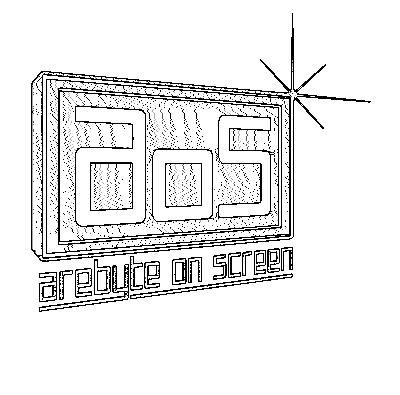# Episode 4
Multispecies coma
Our teleportation was slow and rearranged us.
Changing our sound from the inside, chanting, singing and listening deeper,
moving in response to older harmonies than those reactive ones around.
The atoms interact with the magnetized solar wind and
are dragged into a tail while changing their atomic sex.
Black gas exceeds its means as
finely powdered carbon produced by burning natural gas,
a fill material for nanotech driven production on the planet.
As the density of the expanding gas decreases,
the particles continue to move outward as dust.
In these atmospheres of transition the sublimation is not uniform,
and gas velocities are not constant,
responsible for what is called multispecies coma.
It builds a synthetic crust throughout the planet’s exosphere,
whose dreams’ lineage we are off.
Our muscles make use of whatever measures of salt, heat and micro-gravity
to plant and grow macro-molecular worlds.
Volcaniclastic sand has a high carbonate content
and contributes to the bodies’ elastic substrate.
Shaping the stone of our back into sand.
Rhodolith grains give the bodies the form of corals debris floating
and form fossil sediments and carbon banks.
These materials are colliding in a process of foreign-broadening,
or becoming foreign.
After which they become fluid,
as circum-planetary water clouds.
In transition to the collision-less regime.
Whose new bodies are distributed as frozen volatiles,
organics and refractory materials
released of white dust during sublimation.
The remaining background atmospheres excite trans-aggregational, rotational bonds
which let bio-signatures and a/biotic species, emerge.
Multispecies coma.
Through molecular sputtering,
which is equal to diffraction processes,
the body particles are shaken into self-assembling formats.
Once diffracted, these bodies can reenter the atmosphere of the earth.
As multispecies coma,
newly to take form, genom, sex.
Recognizing the shape of stardust, we breath deeper to feel it moving.
This coma is made of synthetic animetaphors.
Figures whose existence ontologically reworks language.
Reworks body-fication as body-fiction.
Bodies are worlds of composites,
constantly subject to metamorphosis –
as of the world and not in the world.
As of language and not born in language.




